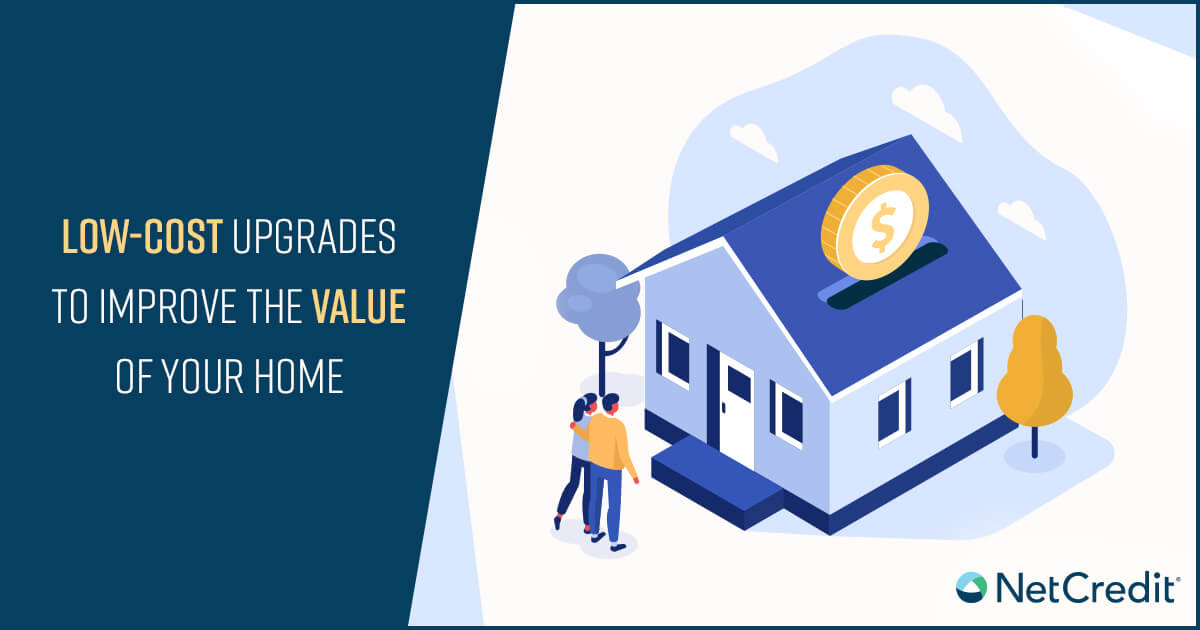According to the Washington Post, only 1.6 percent of Americans actually had perfect credit in 2019. While that’s great for those lucky one-percenters, the vast majority of us are realistically still building our credit portfolio and/or don’t have a spotless credit history.
While the average consumer credit score has steadily risen to an all-time-high, many Americans fall into the less-than-perfect or the “fair” credit category. There are further denominations, like prime, sub-prime and near-prime, that refer to the borrower’s general credit rating classification. Specific lenders will have different distinctions and requirements, so these credit groupings may not apply to all scenarios.
What Does Near-Prime Credit Mean?
Near-prime consumers, or those with a credit score that falls roughly in the “fair” credit grade, typically have a rating in the low- to mid-600 range out of 850 points. A prime customer would likely receive some of the lowest cost rates. Near-prime customers would typically see a more conservative offer with respect to lenders, so they might end up paying a bit more in interest than those with a stellar credit score.
With a prime credit rating, lenders see it as less of a funding risk, whereas the sub-prime category represents those with either very new credit or those with more significant funding risks.
Why Does My Credit Score Matter?
Your credit score comes into play for various reasons, like when you borrow money for a car loan, request a higher credit limit and possibly even when you apply for a job. Since it can affect so many different aspects of your life, it’s a good idea to aim for a higher score.
How Do I Raise My Credit Score?
You can raise your score from a near-prime rating to a prime- or super-prime score (the highest tier) by making on-time payments, keeping your credit utilization rate down, etc. In fact, since the Great Recession roughly 10 years ago, the average consumer credit rating has improved in every state, with the national average increase at 19 points.1 It’s helpful if you know exactly how your score is calculated since some aspects of your score have a bigger impact on it than others.
References
1Quinn, T. (2019). A Deep Dive Into the Distribution of the FICO Score Across the US






